
AeroGenie — Seu copiloto inteligente.
Tendências
Categories
Longest Narrowbody Flights Scheduled for 2025
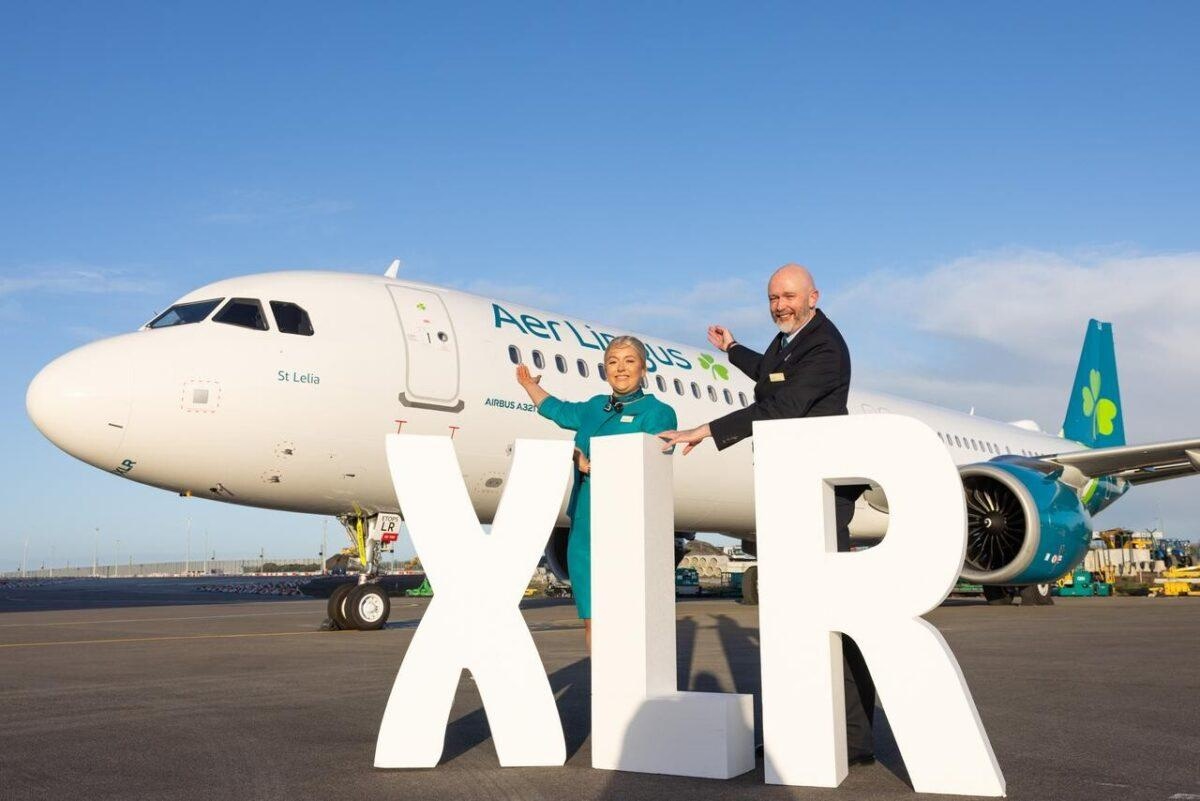
Longest Narrowbody Flights Scheduled for 2025
The traditional dominance of widebody aircraft on transoceanic routes is increasingly being challenged by the capabilities of modern narrowbody jets. Advances in range and fuel efficiency have enabled single-aisle aircraft to operate flights that were once the exclusive domain of larger widebodies. Airlines are leveraging these developments to optimize operational costs while meeting passenger demand, even as the cabin space on these aircraft remains notably compact.
Leading Long-Haul Narrowbody Routes for Summer 2025
The summer of 2025 will see a significant expansion in long-haul narrowbody operations, with 57 scheduled routes exceeding 3,000 nautical miles. At the forefront is French boutique carrier La Compagnie, which operates the longest narrowbody flight from Newark Liberty International Airport to Milan Malpensa. This route covers 3,473 nautical miles and is served by the all-business class Airbus A321LR, featuring 76 lie-flat seats. Since its launch in 2022, the service has become a year-round staple alongside La Compagnie’s Paris-Newark connection, with 332 flights planned for the summer season.
Close behind is La Compagnie's seasonal Newark to Nice route, just two nautical miles shorter at 3,471 nm. This flight caters to affluent travelers heading to the French Riviera and operates 92 times during the summer, utilizing the same premium A321LR configuration.
Air Transat’s Lima to Montreal route ranks third, spanning 3,404 nautical miles with an 8-hour 20-minute flight time. This year-round service connects South America and Canada, serving both tourists and the Peruvian diaspora with 120 annual flights. Air Transat currently operates a dozen routes over 3,000 nm and has plans to introduce an even longer narrowbody route to Berlin in 2026.
United Airlines maintains a transatlantic route between Stockholm and Newark, also covering 3,404 nautical miles. Operated by the Boeing 757-200, this service runs 176 times annually. United intends to replace the 757-200 with Airbus A321XLRs by the end of the decade as part of its fleet modernization strategy amid increasing competition.
SAS Scandinavian Airlines, having joined the SkyTeam alliance in 2024, has concentrated efforts on its Copenhagen to Toronto route. This 3,383-nautical-mile flight operates 414 times over the summer using the A321LR, reflecting a strategic reallocation of resources to support new SkyTeam destinations.
Aer Lingus will inaugurate a new Nashville to Dublin service in April 2025, marking the first direct connection between these cities. The route, covering 3,383 nautical miles, will be operated four times weekly by the Airbus A321XLR, showcasing the aircraft’s extended range capabilities.
Industry Challenges and Strategic Responses
Despite these milestones, the aviation sector faces significant headwinds. Rising operational expenses, ongoing supply chain disruptions, and weakening demand—particularly in North America—are compelling airlines to reevaluate their route networks and schedules. Economic volatility and geopolitical uncertainties, including the imposition of new U.S. tariffs, have led many American carriers to reduce or withhold their annual forecasts.
In this challenging environment, some airlines are pursuing fleet expansion to seize emerging opportunities. Gulf Air, for instance, recently augmented its single-aisle fleet through a leasing agreement with BOC Aviation, exemplifying a broader industry trend toward greater fleet flexibility and resilience.
As narrowbody aircraft continue to extend their reach into long-haul markets, carriers must carefully balance innovation with adaptability to navigate an increasingly complex and uncertain global landscape.

Dubai’s 2026 Plans: Key Developments from Flying Taxis to the Year of the Family

CALC Orders 30 Airbus A320neo Jets to Expand Fleet by 2026

AI in Travel Planning: Benefits, Risks, and Future Prospects
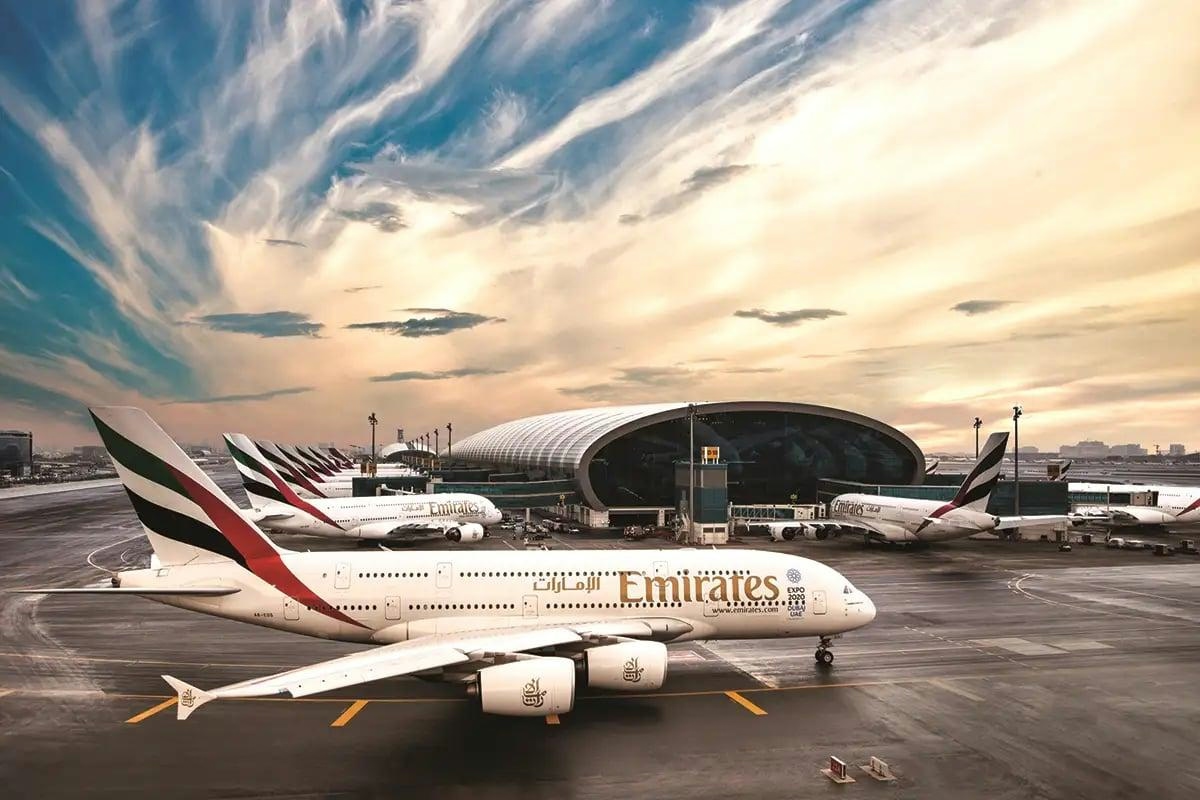
Airline Operated Largest Widebody Fleet in 2025
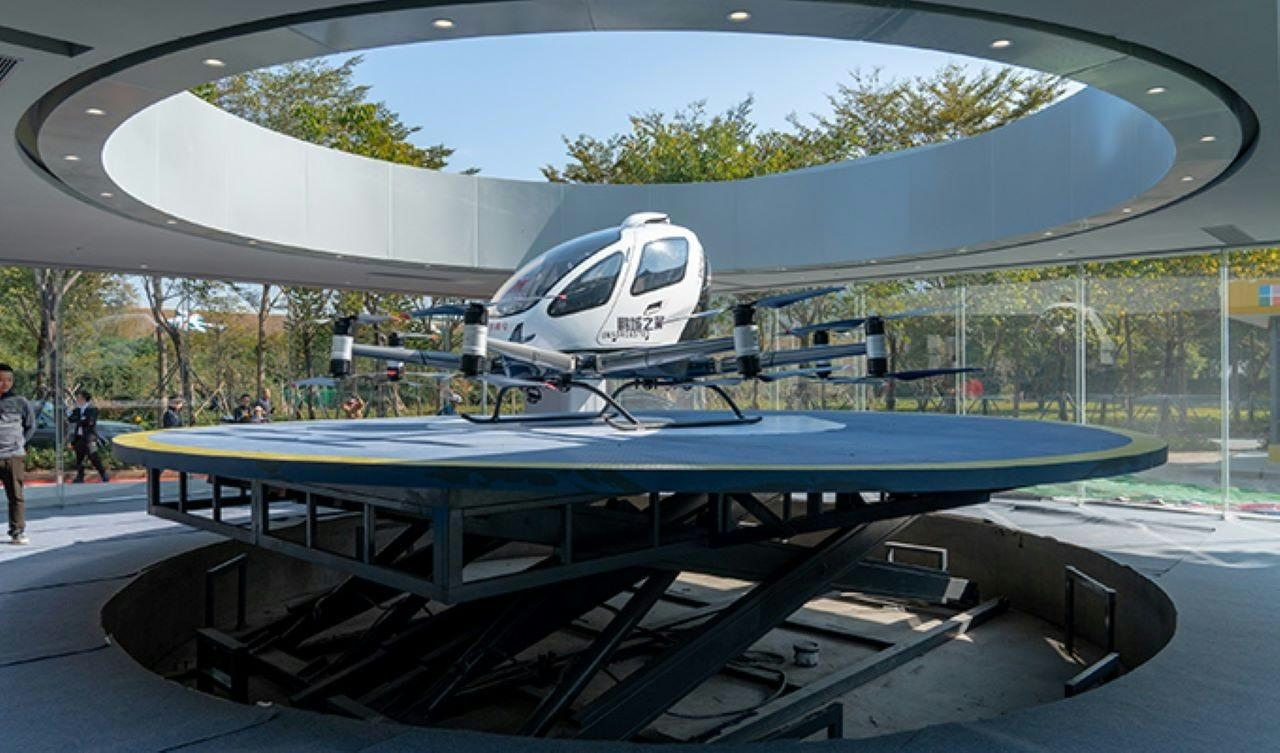
Tel Aviv Plans First Vertiport to Support Air Taxi Services

Pilot’s Distress Call Captures Near-Engine Failure Incident
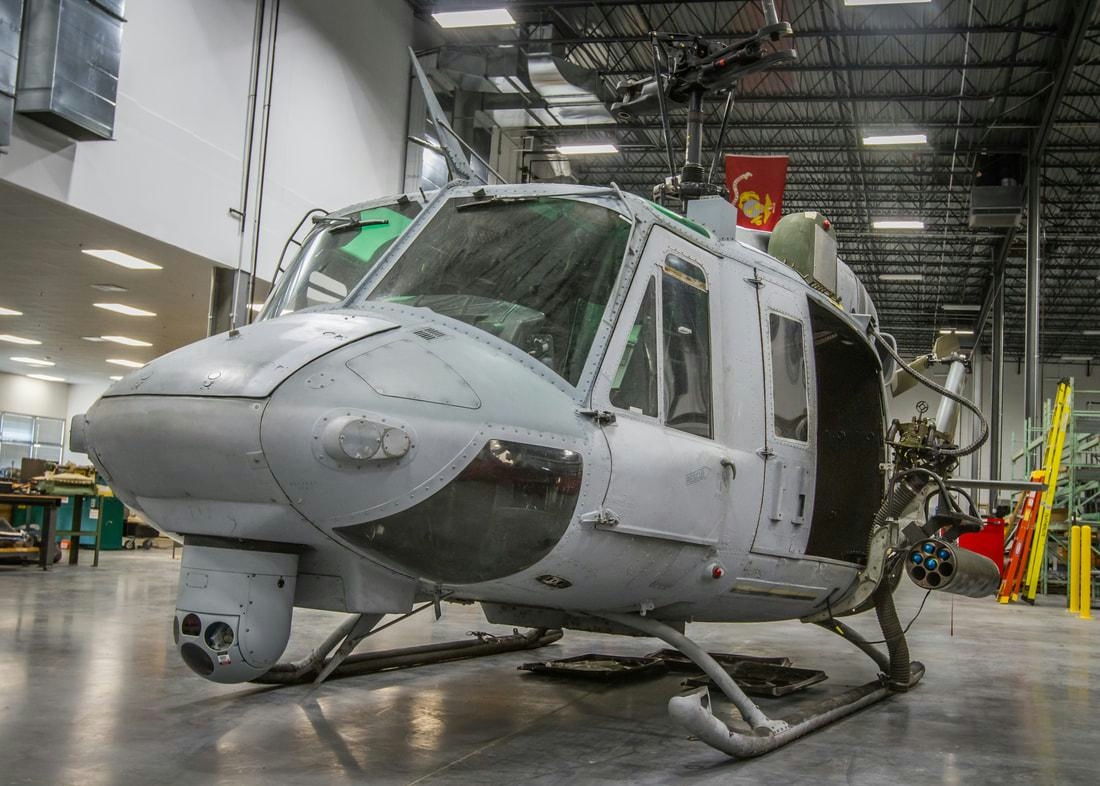
The Small Cold War Helicopter Considered by the Marines for Combat
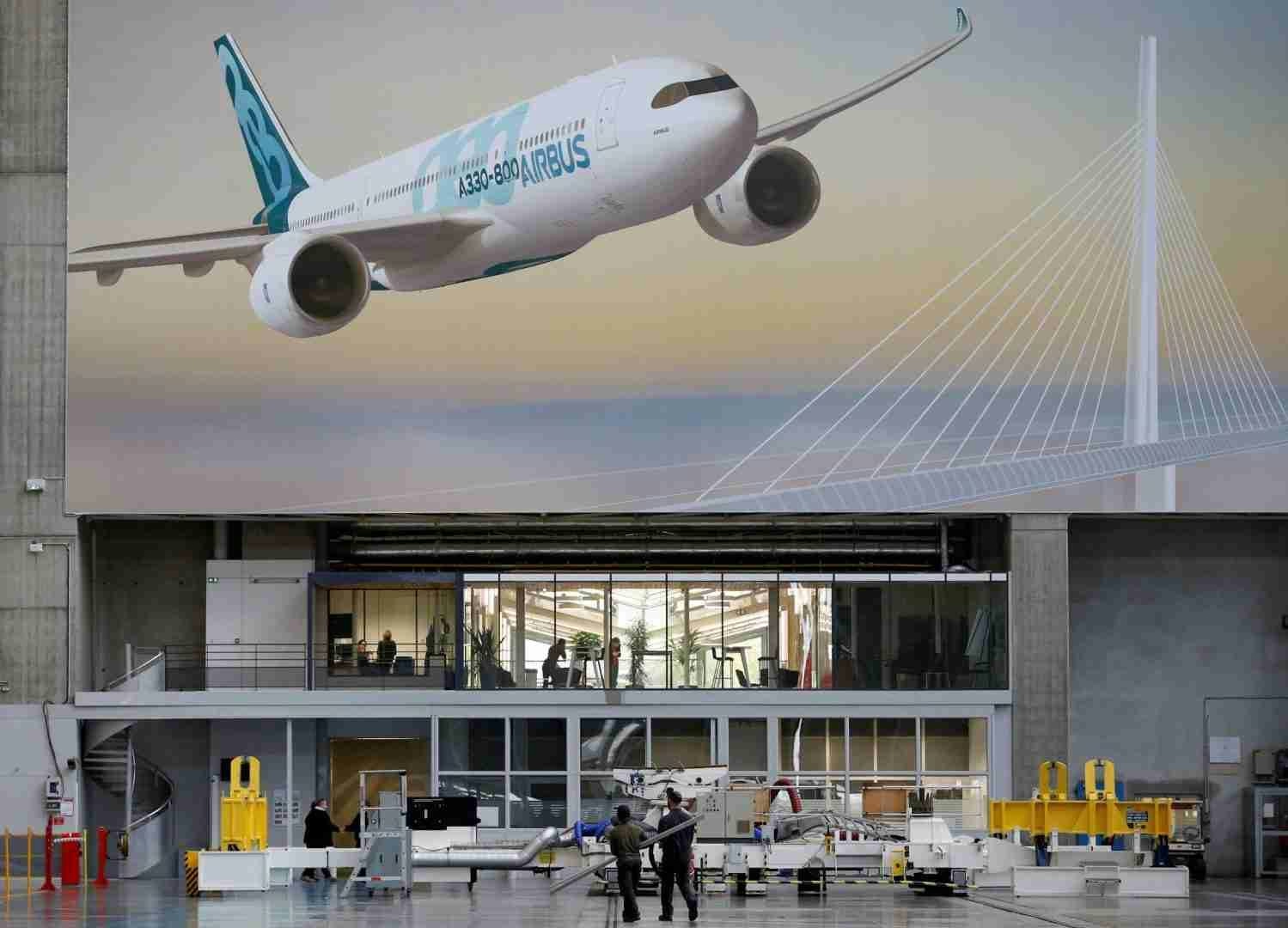
Boeing and Airbus Orders Race in 2025: Who Leads?
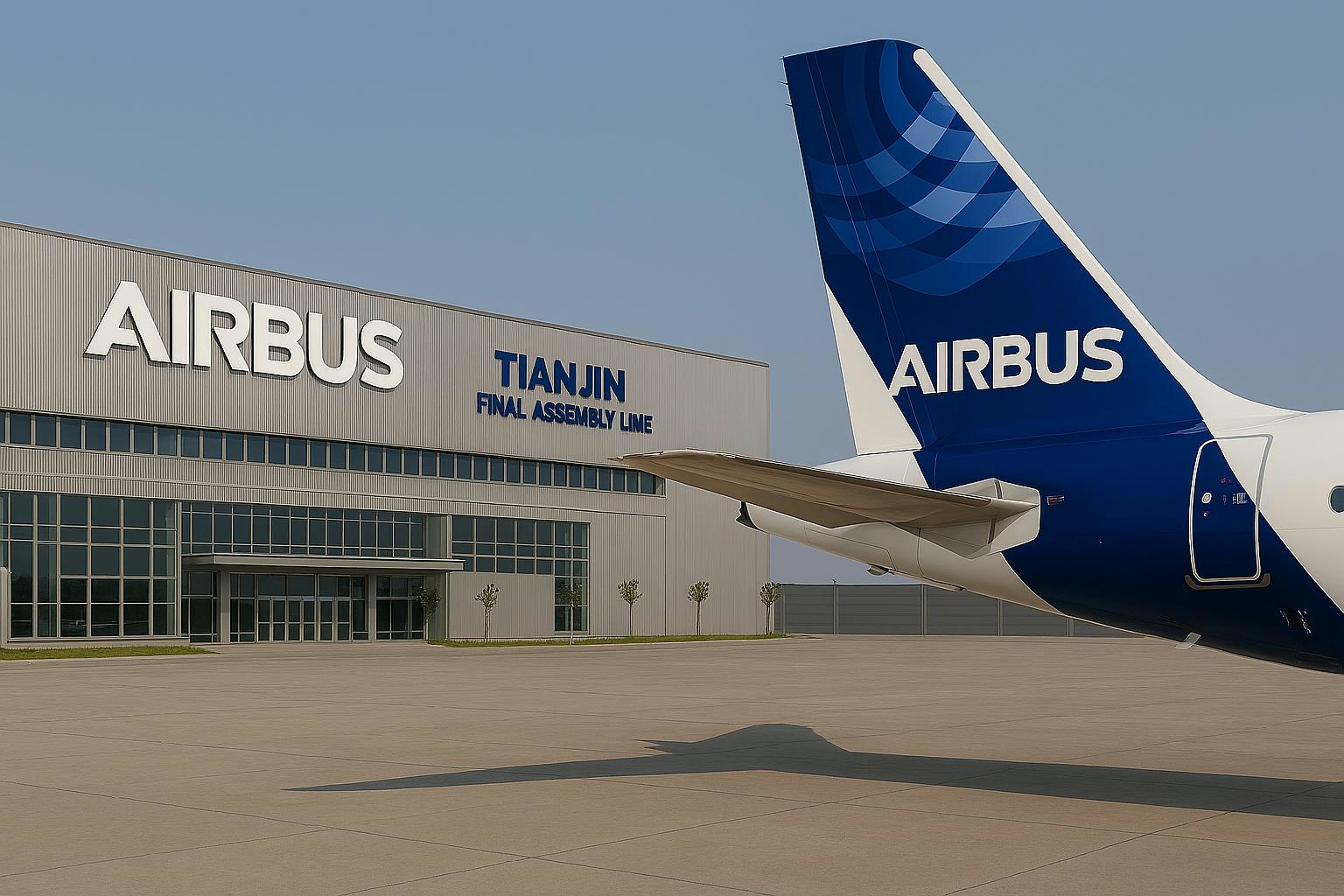
Air China Shares Rise After $9.5 Billion Airbus Jet Order
